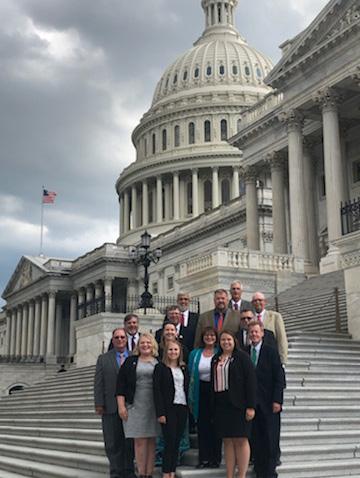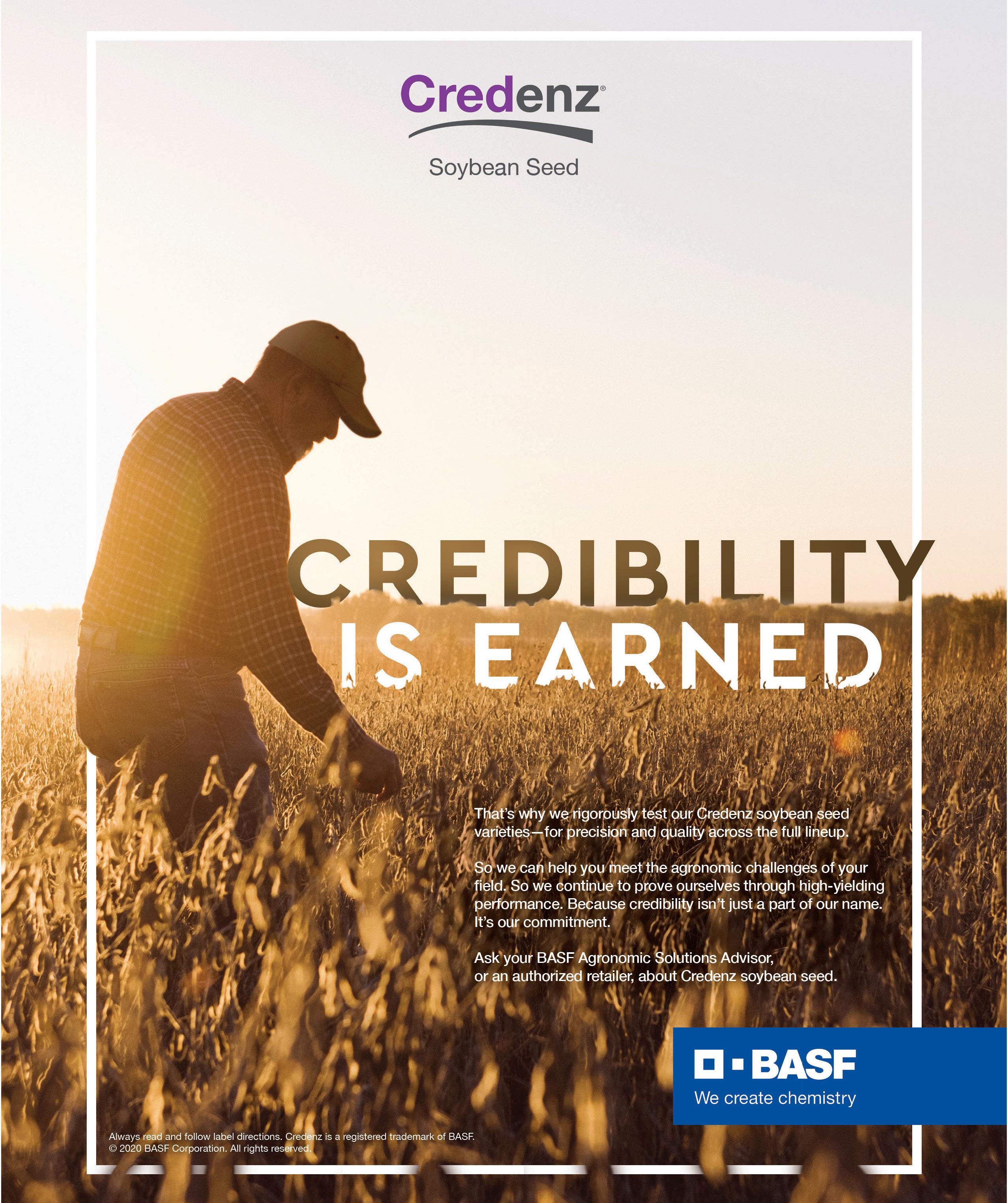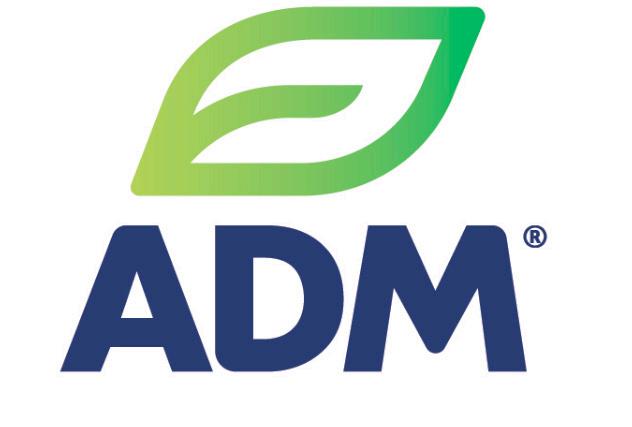
6 minute read
To market, to market we grow
ISA’s new strategic plan aims to support new commercial soybean uses and market exploration.
By Betsy Osman
Advertisement
The 70 million acres of soybean plants that span the length of our country offer a generous supply for an uncapped spectrum of cleaner, greener products. From paint to tennis shoes, to energy efficient roofing materials, there seems no limit to what this powerhouse resource can do.
Illinois is preparing to shift into next gear as we partner with innovators, manufacturers, and state checkoff programs to develop new soy-based materials while better promoting products currently on shelves. Commercialized uses for soy give our industry the opportunity to diversify markets, increase utilization, cultivate credibility with manufacturers and distributors, and drive new revenue streams.
To think we’ve not yet uncovered all the uses for soy is a reality as challenging as it is exhilarating. We’re not racing toward a finish line; we’re still on the innovation road, fast headed for new discoveries.
“There’s some really thrilling work happening in the new uses space, and I’ve always been a believer that we can do more when we work together,” says ISA CEO John Lumpe.
“That’s why I’m really excited to see Illinois partnering with other soybean states on funding these new use efforts this year. I’ve had the privilege of going behind the scenes at Airable Research Lab in Delaware, Ohio. I’ve seen the innovation happening in real-time as they develop new products, like sealants and adhesives made from soy. To think that our farmers are growing a crop that can be used in so many innovative ways in a variety of industries is really exciting. The checkoff’s investment in the new use space is keeping that product innovation alive and thriving.”
The soybean industry has developed more than 1,000 soy-based products which are currently on the market. From an economic perspective, these commercial American-made biobased products strengthen the nation’s economy by providing 4.2 million American jobs through direct and indirect support. They account for a whopping $393 billion value to the U.S. economy. Environmentally speaking, bio-based products continue to reduce our carbon footprint, curb dependence on foreign oil, and support green, environmentally-desirable products.
As part of a new strategic plan, ISA’s new uses mission statement proposes: The Illinois Soybean Association aims to support current new uses of soybean products and explore innovative new use product development using Illinois soybeans.
“With our new strategic plan, we are challenging innovators to think outside of the box, to find new uses and products that utilize our soy,” says ISA At-Large Director David Wessel. “There are a plethora of brilliant minds around the world coming up with new inventions everyday. We need to use our political capital to share the message that soybeans are renewable and a sustainable resource.”
Now underway, an FY21 project aims to facilitate partnership with an Illinois chemical producer that would develop two soy bio-based products, one is a soy-based adhesive, the other a soy-based sealant. The goal for these projects is simple: deliver new products to the market using soy-based products and processes.
“I try to look at our landscape from a business perspective,” says ISA Director of Ag Innovations Linda Kull. “Savvy investors understand the need to be diversified – to generate multiple lines of revenue and income. That’s a model we need to adopt to better ensure long-term success and sustainability.”
The direction to diversify farmer supports and assets, and to create partnerships with Illinois commercial developers, will help to keep valuable resources at home. Products from Illinois lands, manufactured by Illinois hands.
Wessel says, “Any new use for soy is a win for our farmers, a win for the environment, and a win for the people of our state.”
More doors for new uses will continue to open as Illinois gains traction, data-informed success, and reliability in commercial product markets. We have some stories to tell, and some trust to earn. Our opportunity to innovate, increase soybean demand, and strengthen our longplay is limited only by our imaginations, and our willingness to advocate for our own products and people — the minds, the makers, the industry shakers.

United, we stand
Coming together in the wake of uncertainty and unrest after the 2020 Presidential Election
Over the last several weeks — leading up to the election and the days that have followed — it has felt as though our divided party lines have grown deeper and wider. Walls have grown taller, noise has grown louder, and defenses have become quick to find insult. We all seem to agree that we want the same things: unity, a healthy nation, a robust economy, and genuine leadership. We want to feel seen and heard; we want what matters to us to matter to others. Yet both sides of the political aisle seem to pull us away from a centralized middle ground, driving out much hope for inclusion and respectful discourse.
My hope is that moving forward, the dry and divisive political fields of late look less at what holds us back, and instead towards what our country, and what our industry, needs for collective success.
Whether the 2020 Presidential Election went your way or not, there is comfort and great responsibility in this simple idea: change will not happen because of the man we elect to the White House; change will happen because of the people he represents.
The destiny of our great country and our industry depends on its citizens working every day to maintain our nation as a global leader in all respects, to continue perfecting our role in supply and demand spaces, and to explore opportunities in new global markets. To invest in technology, art, and education, and to ensure access for populations from urban to rural settings. We must use our energy and resources to work toward shared solutions to learn to disagree, respectfully, and walk away as friends.
We must be as concerned with growing listeners as we are with growing leaders.
We need to decide what matters to us as citizens, as agriculturists, and as a nation, and determine what message we’re sending to our children. Will the next generation of trailblazers know what compromise looks like? Will they understand the fundamentals of creative problem solving? Will they be empathetic and feel a sense of social responsibility to the environment and the world around them?
This is not the work of our next president; this is the work we must carry out ourselves.
As leaders of our nation’s agricultural industry, we must continue to work for connection and a sense of belonging within the Illinois farming community. From politics to policies, we must champion for each other and invest in the efforts that offer the most hopeful return on investment. As an organization, we must put into practice the values we’ve outlined as part of our strategic direction: Integrity, Leadership, Stability, Entrepreneurship.
American farmers have always been, and will always be, the heartbeat of our great nation. Illinois, let’s show them the way.

MIKE LEVIN Senior Director of Government Affairs Illinois Soybean Association








